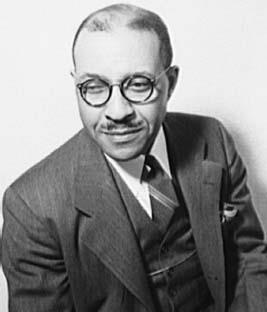EducationHistorically Black Colleges and Universities |
What factors led to rebellions at black colleges during the 1920s? |
A growing racial consciousness, a demand for a change from an emphasis on vocational programs to higher-level curricula and a demand for more control of their colleges led students at several Historically Black Colleges and Universities to publicly protest. In 1922 students at Florida A&M protested the governor’s requirement that the school shift its emphasis from teacher-training to training tradesmen. At Lincoln Institute (now University) in Missouri opposing groups protested against traditional academic programs and the need for vocational education. Students at Hampton demanded greater emphasis on academic subjects, resulting in the suspension of several hundred students.
Fisk University, like many other black colleges, was headed by a white president who was accused of instituting programs and regulations that preserved blacks’ subordinate position and status in the community. In 1925 student unrest began a protest that lasted ten weeks and resulted in the president’s removal and the hiring of a more liberal white president. It was not until 1946 that Fisk hired its first black president, Charles Spurgeon Johnson (1893–1956). A graduate of Virginia Union University, Johnson later earned a bachelor of philosophy degree from the University of Chicago. He had served as research director of the National Urban League, and in that position founded the journal Opportunity. He moved to Fisk in 1928, established the Department of Social Sciences and later the Race Relations Institute. Johnson wrote a number of books including studies of black college graduates and housing.
Disgruntled students, faculty, and alumni of Howard University demanded a curriculum with an emphasis on Africa and African Americans, and a black scholar to lead their institution. In 1926 Mordecai W. Johnson (1890–1976) became Howard’s first African-American president. Johnson graduated from Atlanta Baptist College, Rochester Theological Seminary, and Harvard Divinity School. During his tenure at Howard, Johnson attracted some of the most talented persons of the era to his school, including Thurgood Marshall, Charles Hamilton Houston (who headed the law school), Harlem Renaissance architect Alain Locke, and scientist Charles Drew.

Although Fisk University was a black college, it was led by a white president until 1946, when Charles Spurgeon Johnson took over.
